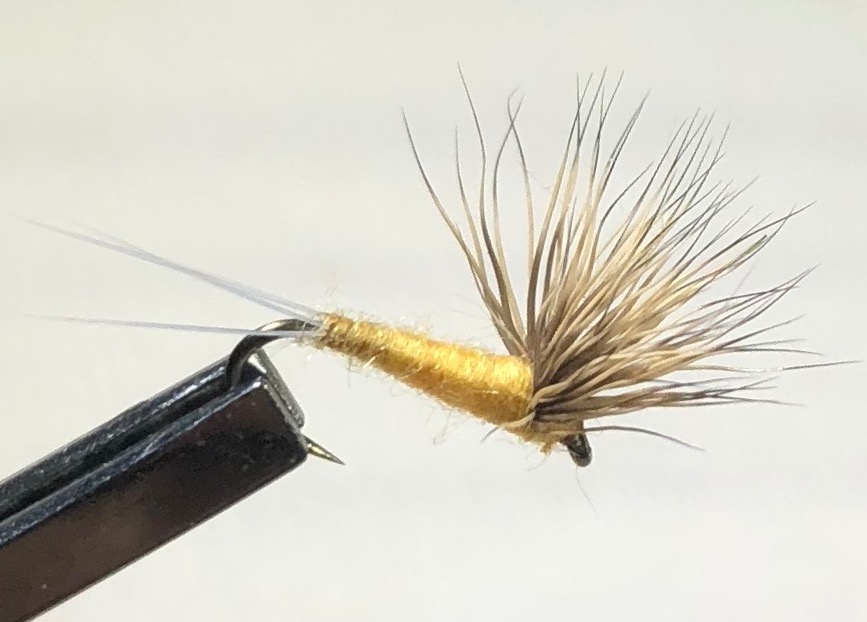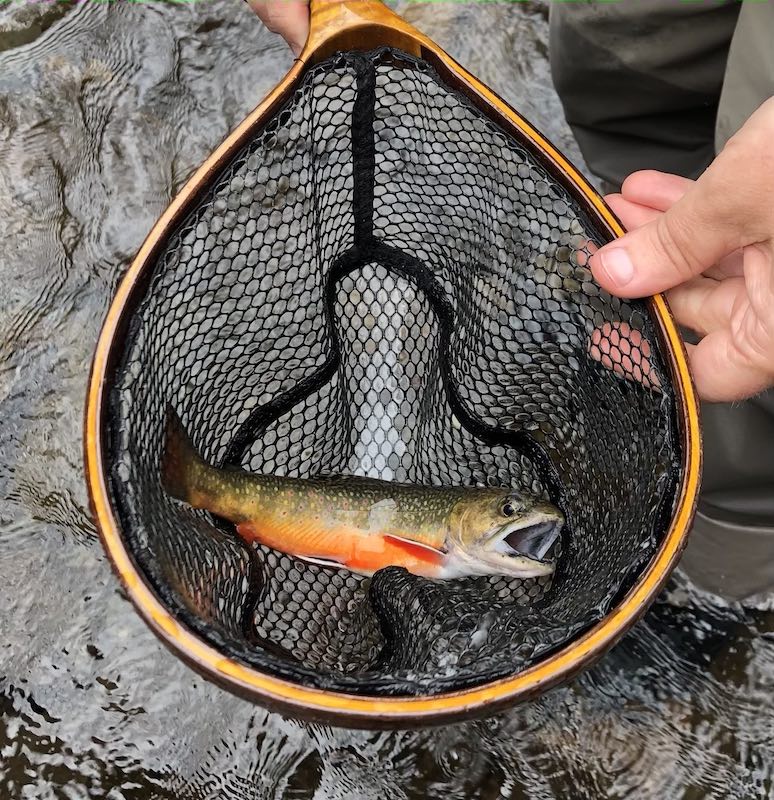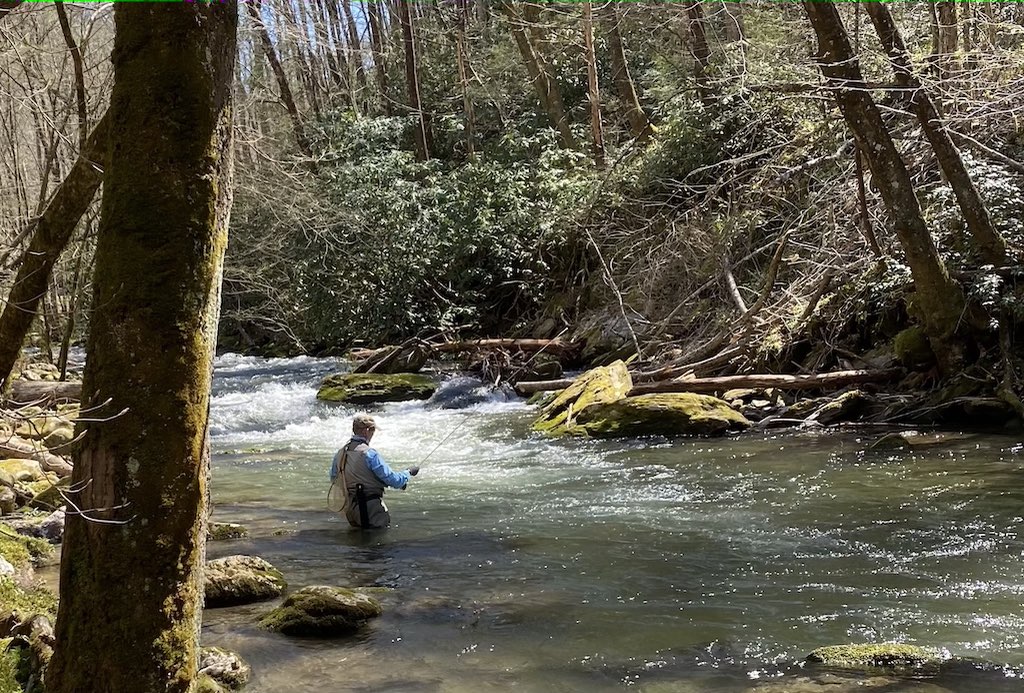
Location
Smoky Mountains

Water Levels
Little River: 199cfs / 1.98 feet
Pigeon: 549cfs / 2.27 feet
Oconaluftee: 506cfs / 1.86 feet
Cataloochee: 64.6cfs / 2.41
Water Temperatures (approximate)
Low elevations: 62 – 66 degrees
Mid elevations: 60 – 64 degrees
High elevations: 58 – 62 degrees
Current Conditions
Water temperatures are getting a little on the warm side in lower elevations but thanks to last week’s rain, water levels are close to perfect.
Projected Conditions
The coming week will start hot but we’re look at some very refreshing overnight lows in the 50’s toward mid week. The second half of the week going into the weekend should be fantastic.
Tips
If you’re wanting to hit some of the bigger, low elevation streams, get out there early or late in the day. Early will give you the best water temps. Late will give you the best hatches. Mid day will give you lethargic fish! Mid to high elevation streams may slow down a bit in late afternoon but should fish pretty well all day.
Hatches/Fly Suggestions
We’re still in “yellow season,” when most everything hatching is yellow in color. Look for bigger numbers of sulphurs (#16), Light Cahills (#14-12) and Yellow Sallies (#16). They’ll be most active in the evenings. Keep your eyes open and you may even see a few large golden stones hatching here and there.
We’re about to head into the heat of summer when hatches are sparse and attention turns to terrestrials. As things continue to warm, fish will begin feeding a lot on ants and beetles. Inchworms are abundant as well and a Green Weenie can be a killer this time of year. It’s a great fly to drop off a dry fly.
As always, a good selection of attractors will get you through most situations. Parachute Adams, Parachute Hares Ears, Thunderheads, Adams Wulffs and Royal Wulffs always do pretty well. But as mentioned above, you’ll want to be sure to have some dry flies in yellow. A Neversink in #16 – 14 is a staple for me. So is a Yellow Stimulator. I’d also have a selection of Parachute Sulphurs and Cahills.
For nymphs, try Hares Ears, Pheasant Tails, Copper Johns and Tellico Nymphs. And with so much stuff hatching, now is a pretty good time to start experimenting with soft hackles. Check out my Hatch Guide for complete hatch information.
Featured Fly
A foam beetle can be a killer during the summer and the strikes can be violent. This is just a generic pattern with a thread body, black foam and rubber legs. I usually fish it in a size #14.























